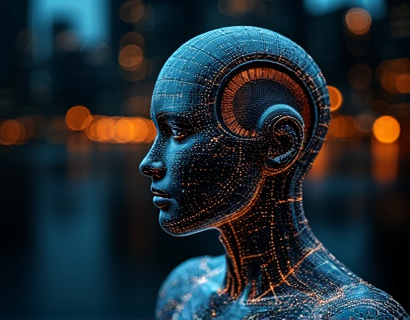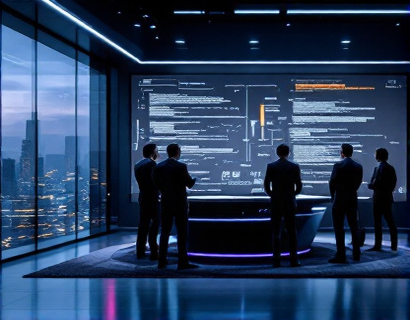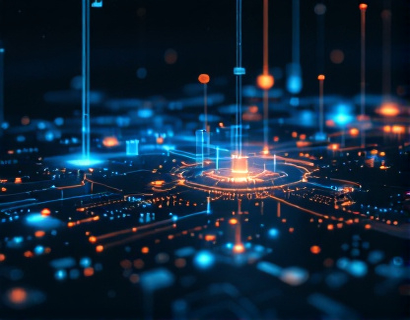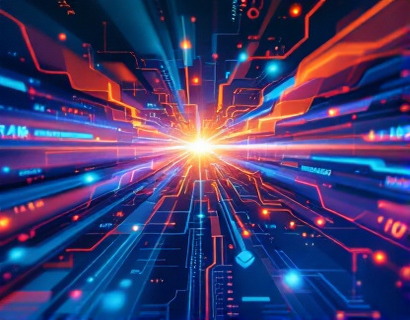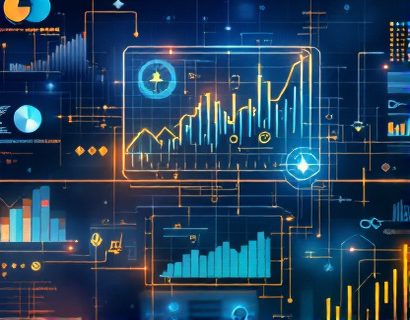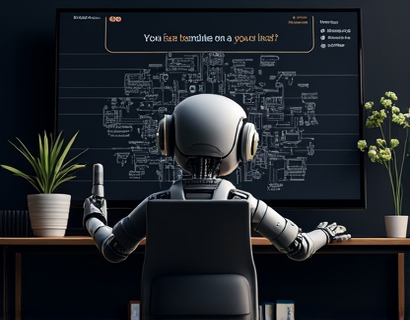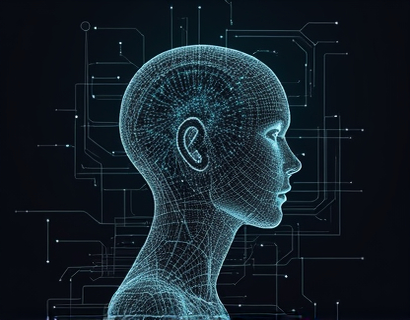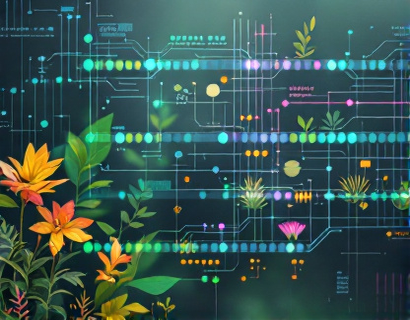AI-Powered Translation Technology: Revolutionizing Global Communication
In an increasingly interconnected world, the ability to communicate across language barriers has become more crucial than ever. AI-powered translation technology stands at the forefront of this revolution, offering businesses and individuals unprecedented opportunities to connect and collaborate globally. This advanced technology leverages the power of artificial intelligence to provide precise and rapid translations, breaking down the linguistic barriers that once hindered international communication.
The Evolution of Translation Technology
The journey of translation technology has been marked by significant milestones. From the early days of rule-based machine translation to the current era of neural machine translation, the accuracy and naturalness of translations have seen dramatic improvements. Neural machine translation, powered by deep learning algorithms, has been particularly transformative. These systems can learn from vast amounts of data, adapting to nuances and context, which traditional rule-based systems could not achieve.
How AI Enhances Translation Accuracy
AI-powered translation tools utilize complex neural networks to understand and translate text. Unlike traditional methods that translate word by word, AI systems consider the entire context, including grammar, syntax, and even cultural nuances. This holistic approach results in more accurate and natural-sounding translations. Machine learning algorithms continuously improve these systems by learning from new data, ensuring that translations become more precise over time.
Real-Time Translation Capabilities
One of the most significant advantages of AI-powered translation technology is its ability to provide real-time translations. This feature is particularly beneficial in dynamic environments such as international conferences, business meetings, and customer service interactions. Real-time translation tools can convert spoken language into text or speech instantly, allowing for seamless communication. This capability not only enhances understanding but also fosters a more inclusive and collaborative atmosphere.
Enhancing Business Interactions
For businesses operating in a global market, effective communication is key to success. AI-powered translation tools facilitate smoother interactions with international partners, clients, and employees. These tools can translate documents, emails, and chat messages in seconds, reducing misunderstandings and delays. In industries like finance, law, and healthcare, where precision is paramount, AI translation ensures that critical information is conveyed accurately, minimizing the risk of errors.
Breaking Language Barriers in E-Commerce
The e-commerce sector has greatly benefited from AI translation technology. Online stores can now cater to a global audience by automatically translating product descriptions, customer reviews, and support queries. This not only broadens the customer base but also enhances the shopping experience for international users. AI-powered chatbots can assist customers in their native languages, providing timely and accurate support, which is crucial for building trust and loyalty.
Overcoming Cultural Nuances
Language is deeply intertwined with culture, and accurate translation goes beyond mere word-for-word conversion. AI translation tools are designed to understand and respect cultural nuances, idioms, and colloquial expressions. This cultural sensitivity ensures that translations are not only linguistically accurate but also contextually appropriate. For instance, a humorous phrase in one language may not translate directly but can be adapted to convey the same sentiment in another language, preserving the intended message.
Challenges and Limitations
Despite its many advantages, AI translation technology is not without challenges. One of the primary limitations is the handling of highly specialized or technical content. While AI systems have made significant strides, they may still struggle with jargon and complex terminology specific to certain fields. Additionally, idiomatic expressions and sarcasm can be difficult for AI to interpret accurately. Continuous improvements in AI algorithms and the availability of more diverse training data are addressing these issues, but they remain areas of active research and development.
Personalized Translation Experiences
AI-powered translation tools can be tailored to individual preferences and needs. Users can customize settings such as language pairs, tone, and style to suit their specific requirements. This personalization enhances the user experience, making translations more relevant and useful. For example, a business executive might prefer formal language in professional communications, while a traveler might opt for a more casual tone when interacting with locals.
Integration with Other Technologies
The integration of AI translation with other technologies, such as voice recognition and augmented reality, opens up new possibilities for global communication. Voice-activated translation devices can convert spoken language in real-time, making it easier for people to converse in different languages. Augmented reality applications can overlay translations onto real-world environments, providing instant translations of signs, menus, and other text-based information. These integrations further enhance the practicality and accessibility of AI translation tools.
Future Prospects
The future of AI-powered translation technology looks promising. Advances in natural language processing and machine learning are expected to further improve translation accuracy and context understanding. The development of multilingual models that can handle multiple languages simultaneously is another exciting area of research. As these technologies evolve, the barriers to global communication will continue to diminish, fostering greater collaboration and understanding among diverse cultures and communities.
Conclusion
AI-powered translation technology is revolutionizing the way we communicate globally. By providing precise, rapid, and contextually accurate translations, these tools are breaking down language barriers and enhancing business interactions. Whether for international business, e-commerce, or personal travel, AI translation solutions offer unparalleled efficiency and effectiveness. As the technology continues to advance, the potential for more seamless and inclusive global communication is vast, paving the way for a more connected world.




